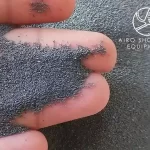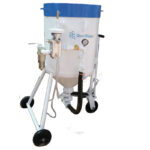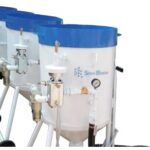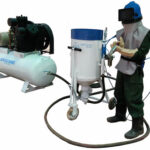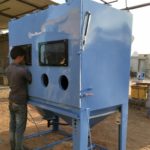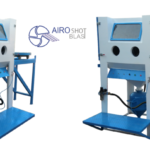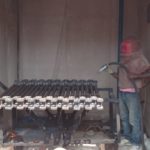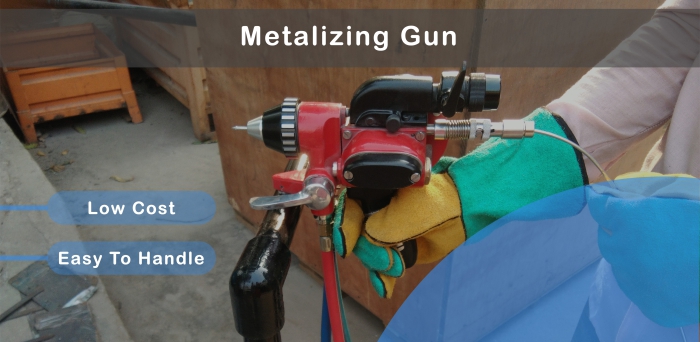
Metalizing gun is a common name given to a thermal spray coating process that is used for coating metal on product planes. The resultant metallic coatings can be used for protecting and embellishing purposes. These coatings are also known to be long-lasting, efficient and highly flexible. Coatings specialize in three types of metalizing gun processes:
- Electric arc spray
- Combustion powder spray
- Combustion wire spray
Metalizing gun coating process | Electric arc spray
In this process, we use two metallic wires that are electrically charged with crossing polarity as the coating feedstock. This will cause them to yield a molten arc between each other. We will next include insert gas or high-velocity air to trigger the atomization of the now-molten material and move onto the substrate to form the coating. If you opt for the electric arc spray process, it can spray any type of metals that have melting points below 10,000°F.
Depending on the equipment remaining used and the material implying applied, that Coatings can provide metallic coatings with either semi-metallurgical bonds or mechanical bonds up to 5000 P-S-I. Distortion will not occur because the substrate is not exposed to a high temperature of over 250°F.
Metalizing gun combustion powder spray
In that process, the basic principle of the heat source is the same as wire spray without that particles are supplied through a flame and impelled by high-velocity oxygen or air onto a surface. As with the metalizing process, each powdered metal having a melting point below 5500°F. can be sprayed. This process is essentially used for abradable coatings and spray hard surfacing.
Metalizing gun combustion wire spray
In this process, we maintain the spray metal in wire form into a fuel gas-oxygen flame where it is rendered by the heat temperature up to 5000 to 5500°F of that combustion. Compressed air is centered around the flame, atomizing the molten material into fine spherical bits and propelling these particles at high velocity onto the surface of the metal.
We can manage the atomization and the melting of metals with different melting limits when we control the feeding rate of the wire through the flame. When you opt for this method, we can spray any wire as long as it features a melting point below 5500°F.
